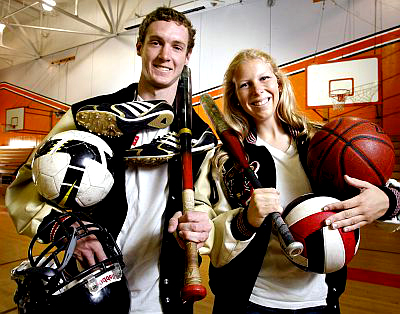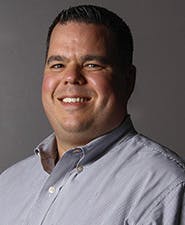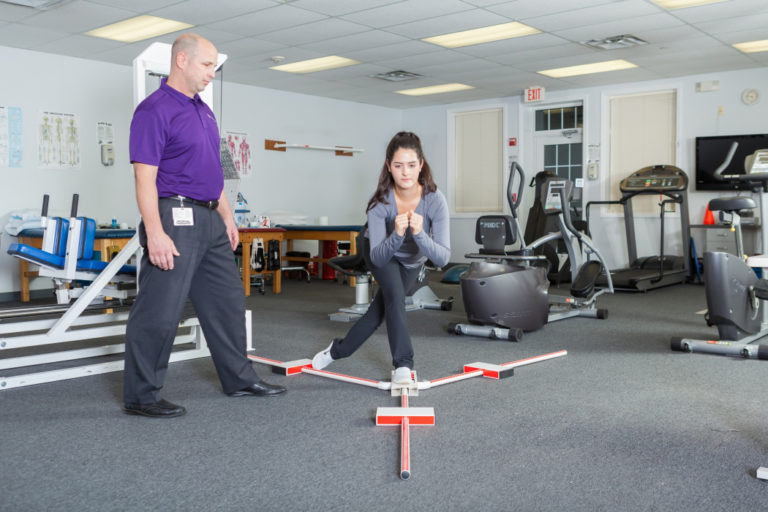Starting this time of year, the pediatricians office is flooded with parents lining up to get their children through their yearly preseason physical so they can participate in sports once the school year kicks off again. Ensuring our young athletes health and well being is of the utmost importance. Detection of underlying breathing issues, cardiac conditions, and general internal health concerns needs to be done so we can keep our kids healthy and catch serious health concerns. 
Unfortunately, there is another, often very under analyzed group of problems which is plaguing the world of youth athletics. And it’s not some new case of the flu or a virus which clings to soccer balls which would send us scrambling for disinfectants. Rather, it is movement.
How would you feel if I told you that the rate of injury is youth sports has spiked in the last decade? And no, that’s not because more kids are breaking bones. The spike is in repetitive overuse injuries. Conditions like tendinitis, muscle tears, and cartilaginous break down are running rampant in our town and travel teams alike and they are sidelining our young athletes at a record pace.
Anyone who knows me will tell you this: I will stand on a soap box and scream at the top of my lungs that we need to stop early sports specialization in our youth athletes. These problems are literally due to the spike in year round participation in single sports. I could drop statistics such as the fact that in the 2018 NFL Draft, 29 out of 32 First Round Draft Picks played 3 different sports in high school (THREE!!). Or that 32 out of 32 played at least 2 sports in high school. The reason this is important is because if forces our body to move in different ways, movement patterns, to strength the body and create support through a wide range of athletic movements. That alone will help our young athletes develop their muscles very differently and create strength in ways they didn’t know they had. It also blows apart the notion that single sport specialization is a predictor to playing at the collegiate or professional levels.
If you put that knowledge to use for the betterment of our young athletes, I and the rest of the orthopedic community applaud you. But that isn’t what this article is truly about. The reality is with the pressure being put on kids and parents alike, the year round play issue isn’t going to go away tomorrow. So what else can we do? We need to look deeper than the internal side of our athletes’ health. We need to look at how they move.
What if I told you that by screening the movement patterns of our youth athletes that we can pick out specific weaknesses and range of motion limitations which could land your child on the sideline before they start? The ability to analyze movement is the hallmark of a good orthopedic physical therapist. I have fixed more rotator cuff tendinitis in my overhead throwing athletes like baseball players and quarterbacks through the years by looking at the way their lower body moves and stabilizes them during their throw than by attacking their shoulder alone. A pitcher is strong and can throw the ball fast not solely because of the way they can whip their arm around, but by the way in which they can generate force through their legs and core to allow for the entirety of movement mechanics to enhance their velocity.
 By screening our young athletes’ movements we can see the road map to success, or the road to ruin and the sideline. Looking at the integration of movement and stability at multiple joints throughout the body can determine whether we will overload sensitive tissue and create greater overall strain. Picking out those movement dysfunctions will give us the opportunity to create the best program to attack the limitations our athletes are facing which put them at risk of injury…BEFORE the season starts.
By screening our young athletes’ movements we can see the road map to success, or the road to ruin and the sideline. Looking at the integration of movement and stability at multiple joints throughout the body can determine whether we will overload sensitive tissue and create greater overall strain. Picking out those movement dysfunctions will give us the opportunity to create the best program to attack the limitations our athletes are facing which put them at risk of injury…BEFORE the season starts.
The amount of money dumped into sports specific coaches and training is staggering. But can your athlete truly maximize that training effort if they can’t move the right way to accomplish what the coach is asking? Sometimes the most basic, primal movements people take for granted can be the most limiting part of another persons’ athletic function. Correcting limitations and teaching people how to move correctly is the hallmark of what physical therapy is all about. If you want to optimize training, you need to check your movement first.
Stopping our kids from feeling the exterior pressure of playing one sport year round in hopes of a scholarship or making the pros is not something we can change overnight. But creating a difference in the orthopedic health of our athletes starts with a simple screen. This is one choice that’s a no brainer.
 There is no need for a referral or prescription to have an orthopedic screen done for your child. You can call to set an appointment at (203) 389-4593. Kyle Branday, MSPT has been a staunch advocate for proper orthopedic health and wellness in youth athletics during the last decade of practice. While working with patients ranging from pediatrics to geriatrics, Kyle takes great pride in helping the youth athletes in the Greater New Haven community achieve their goals. For information of services offered by Amity Physical Therapy, you can visit www.amitypt.com
There is no need for a referral or prescription to have an orthopedic screen done for your child. You can call to set an appointment at (203) 389-4593. Kyle Branday, MSPT has been a staunch advocate for proper orthopedic health and wellness in youth athletics during the last decade of practice. While working with patients ranging from pediatrics to geriatrics, Kyle takes great pride in helping the youth athletes in the Greater New Haven community achieve their goals. For information of services offered by Amity Physical Therapy, you can visit www.amitypt.com
Tags:
- Assessment
- Injury Prevention
- multisport athletes
- orthopedic screen
- Orthopedics
- overuse injury
- preseason physical
- screening
- Sports Screen


